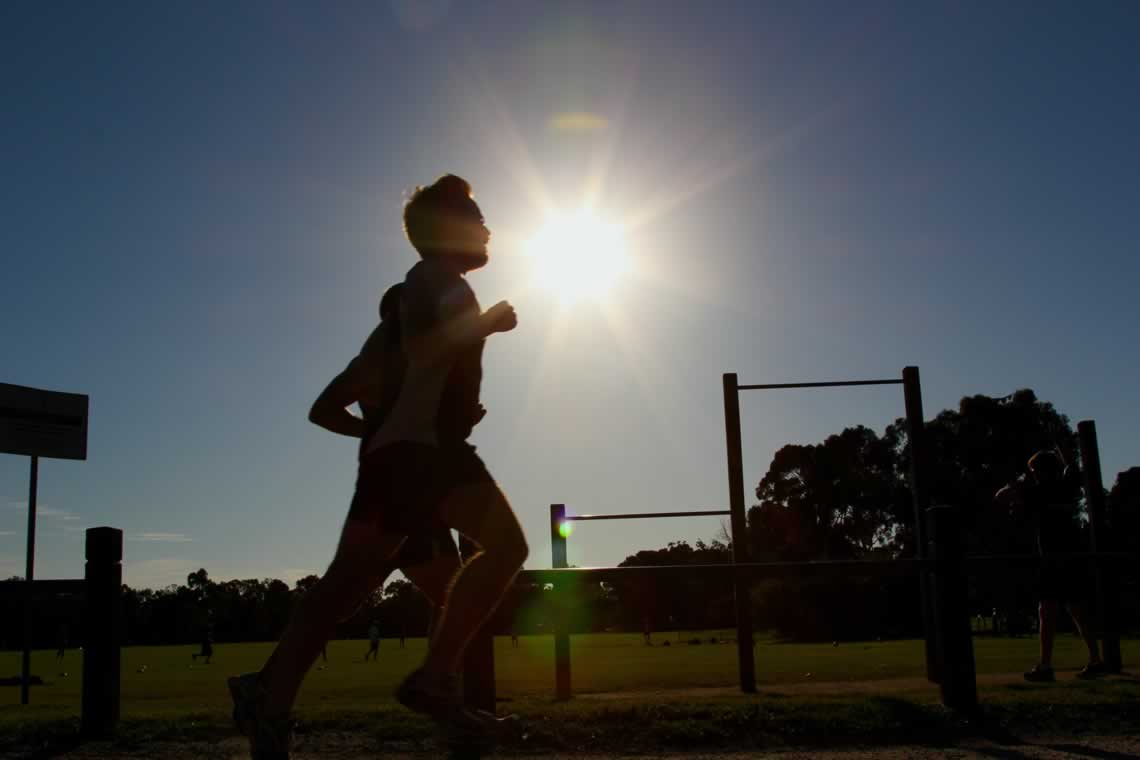Should you race when you’re injured?
If you’ve been a regular runner for a few years the chances are pretty high that you’ve been injured at some point. What do you do when something starts to hurt? Do you cease (or at least reduce) your running at the first sign of a niggle or push through pain until it makes running impossible? That sounds like a rhetorical question. I mean, who on earth keeps running when it hurts? Er… me… and pretty much every runner I know. If you’re not a regular runner you might ask why. So, let’s talk about it.
By far the most common cause of injury in runners is over-use. When you start running from zero, or increase the amount of running you’re doing to train for an event, you need to build up gradually. The recommendation is to increase your distance by no more than 10% per week. Even when you train sensibly you are still likely to have aching muscles. You’re doing something that’s beyond what your body has done before. You are stressing your body and forcing it to adapt. That’s how training works. Over time you get fitter and stronger.
An injury usually begins as a something minor such as a bit of swelling, an ache or a niggle, and it can be difficult in the beginning to know whether what you’re feeling is normal or the beginning of something else.
Perhaps an example would help here.
Let’s imagine a runner who is training for his first half marathon. We’ll call him Fred. Fred has never done anything like this before. He’s running for CHSW and he’s already got some sponsorship from friends and colleagues. He’s been increasing his distance little by little and in the past few weeks he’s started to notice an ache in the front of his shin. It started after his first 10km run. It went away after a couple of days, but every time he runs for more than about 45 minutes it comes back, and it’s getting to be more painful than achey if he’s honest. What should Fred do?
Shin pain is not uncommon in new runners, or runners who are increasing their distance. You have two bones in your lower leg. The one you can feel at the front is your tibia. The muscle on the front of your shin bone is called your anterior tibialis. It’s connected to your tibia by tendons at the top and bottom. It’s used to pull your foot into a flexed position – dorsiflexion – the opposite of pointing your toes. This is part of the normal action when you run. This muscles is being asked to do a lot of extra work! Damage can come from the repetitive impact of running or from rotational forces - poor running form can cause the lower leg muscles to oscillate (rotate and twist) around the bone, and that twisting can cause damage.
- Many niggles and aches can be treated at home with RICE (rest, ice, compression, elevation). So, put your feet up, Fred! Take a few days off from running. Ice the sore bit to reduce any inflammation – 10 minutes at a time, several times a day. Maybe try a pair of compression socks.
- Foam rolling can work really well on shins and tight calf muscles. You can buy a foam roller online for a few pounds and find a video on YouTube showing you how to use it. It’s best to wait 48 hours from your last run before foam rolling.
- Assuming the pain goes away with a bit of rest and self-care go back to running gently. Make your first run a short, slow one, and wait two days before you run again.
- If rest doesn’t help, or if the pain comes back when you return to running you need to see a professional.
You can go to your GP, but it may be more time effective to go straight to a sports physiotherapist. Ask around for recommendations from other runners. Fred’s friends recommend a physio who has got a few of them back to running after injury. She looks at his posture, balance, coordination and flexibility. She works on his legs and gives him exercises and stretches to do at home.
Good old Fred – he follows the physio’s advice to the letter and his training is back on track in no time. He’s really happy with his race and even happier to smash his fundraising target! Go Fred!
Of course there’s a different scenario where Fred’s injury happens closer to the race, or is more serious, and complete recovery is impossible in time for his half marathon. In this situation he might have a tricky decision to make. Running while injured is never a good idea, but when you’ve committed to a charity challenge and already collected sponsorship there can be a lot of pressure.
As an adult it’s always up to you to make your own decision based on:
- how you feel – only you can judge the level of pain/discomfort;
- your aims for the race – is this one of many challenges or an all-in, one-off thing;
- your life and other commitments – for some people, being injured post-race would be a disaster.
Ultimately the race is only a race. Your health and wellbeing is more important. There will always be a different race that you can enter. And if nothing else but this race will do, there’s always next year. When you’ve collected sponsorship you’ll feel like you’re letting people down if you don’t run, but people understand when something happens that’s outside your control. When the Bath, Reading and Weston-super-Mare Half Marathons were cancelled by snow last year I didn’t hear of a single case of anyone refunding sponsorship.
Of course, prevention is better than cure. If you’re considering taking on a running challenge there are a few simple things you can do to help prevent injury:
- Train with a coach who can correct any issues with your technique;
- Strength train alongside your running;
- Warm up before you run hard;
- Stretch after your run to help your muscles heal without knots;
- Look after your feet – replace your trainers when they lose their bounce;
- Give yourself regular rest days;
- Schedule a lower-intensity week every so often;
- Look after yourself with good hydration, nutrition and sleep;
- Treat yourself to an occasional sports massage.
The last, but most important thing is to make sure you’re enjoying the running you’re doing. Not every run will be wonderful, but overall running should leave you feeling better. Happy running!










